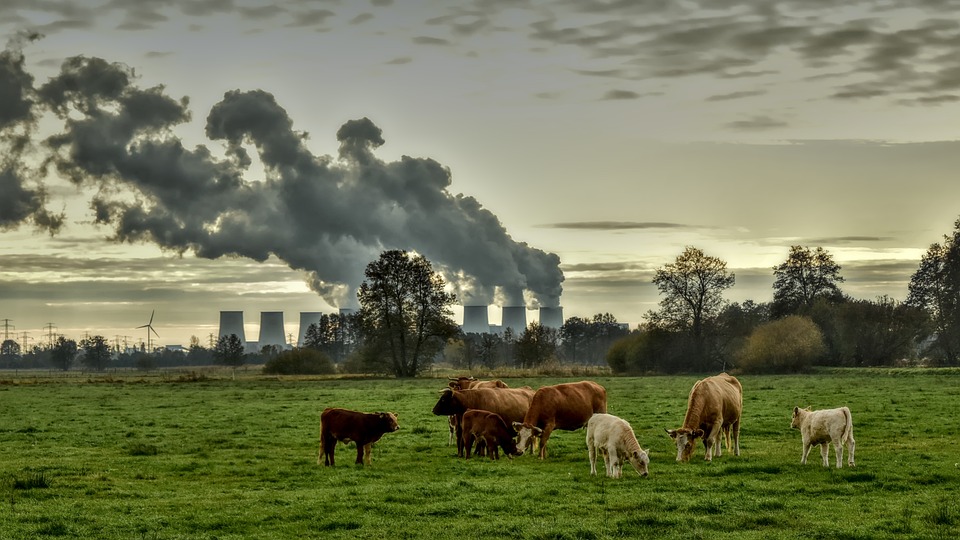What Is the Climate in New Jersey? A Guide to Seasonal Weather Patterns in the Garden State
Introduction
New Jersey, located on the East Coast of the United States, features a diverse climate influenced by its coastal and inland regions. Understanding New Jersey’s climate is essential for residents, travelers, and businesses, as it impacts daily life, tourism, and economic activities.
1. General Climate Overview of New Jersey
– Humid Subtropical Climate: New Jersey predominantly has a humid subtropical climate in the southern part and a humid continental climate in the northern areas. This results in warm, humid summers and mild to cold winters across the state.
– Seasonal Variation: The state experiences all four seasons distinctly, with significant variations in temperature and precipitation throughout the year.
2. Seasonal Weather Patterns in New Jersey
– Winter (December to February): Winters are cold, particularly in northern and elevated areas where snowfall is more frequent. Average temperatures range from 26°F to 39°F (-3°C to +4°C), with the potential for nor’easters bringing heavy snow.
– Spring (March to May): Spring sees warming temperatures and increased rainfall, with average daytime highs reaching around 71°F (22°C) by May. This season is marked by blooming flora and rejuvenated landscapes.
– Summer (June to August): Summers are hot and humid, with average temperatures between 80°F and 90°F (27°C to 32°C). Thunderstorms are common during this period, particularly in July.
– Autumn (September to November): Autumn features cooler temperatures and drier air. Average highs in September can reach around 80°F (27°C), dropping significantly by November.
3. Regional Climate Differences Across New Jersey
– Northern New Jersey: Characterized by cooler temperatures and higher snowfall due to elevation. The region experiences more extreme winter conditions compared to the rest of the state.
– Central New Jersey: This area enjoys moderate conditions that blend coastal and inland weather patterns, making it a transitional zone.
– Southern New Jersey: Milder winters and warmer summers are typical here due to proximity to the Atlantic Ocean, which also increases humidity levels.
4. Key Factors Influencing New Jersey’s Climate
– Proximity to the Atlantic Ocean: Coastal areas benefit from milder temperatures and higher humidity levels due to moisture from the ocean.
– Latitude and Elevation: The state’s northern latitude and varying elevations contribute to temperature differences across regions, with higher elevations experiencing colder climates.
– Nor’easters and Winter Storms: These intense storms can bring significant snowfall and rain during winter months, impacting transportation and infrastructure.
5. Climate Challenges in New Jersey
– Winter Storms and Nor’easters: These events can disrupt daily life through heavy snow accumulation and freezing rain.
– Summer Heat and Humidity: High humidity levels during summer can lead to health risks and increased energy consumption for cooling.
– Rising Sea Levels and Coastal Flooding: Coastal communities face challenges from rising sea levels exacerbated by climate change, increasing vulnerability to flooding events.
FAQs
– What is the hottest month in New Jersey?
– July typically records the highest temperatures.
– How much snowfall does New Jersey get annually?
– Average annual snowfall varies but is generally higher in northern regions.
– What areas in New Jersey have the mildest winters?
– Southern coastal areas experience milder winters compared to northern regions.
– Does New Jersey experience hurricanes?
– Yes, hurricanes can impact New Jersey, especially during late summer and early fall.
– How does the Atlantic Ocean affect New Jersey’s climate?
– The ocean moderates temperatures, leading to milder winters and more humid summers.
– What is the best time of year to visit New Jersey?
– Spring and autumn are often considered ideal for pleasant weather and beautiful scenery.
– How does climate change impact New Jersey’s weather patterns?
– Climate change is leading to increased temperatures, more intense storms, and rising sea levels affecting coastal areas.
Conclusion
New Jersey’s climate is marked by its seasonal variety and regional differences that shape the lifestyle of its residents. Understanding these patterns is crucial for adapting to changes brought about by climate fluctuations, ensuring resilience in communities across the Garden State.

Kyle Whyte is a notable scholar and professor at the University of Michigan, holding positions such as the George Willis Pack Professor in the School for Environment and Sustainability and Professor of Philosophy. Specializing in environmental justice, his work critically examines climate policy and Indigenous peoples’ ethics, emphasizing the nexus between cooperative scientific endeavors and Indigenous justice. As an enrolled Citizen Potawatomi Nation member, he brings a vital perspective to his roles as a U.S. Science Envoy and member of the White House Environmental Justice Advisory Council. His influential research is supported by various prestigious organizations including the National Science Foundation, and disseminated through publications in high-impact journals. Kyle actively contributes to global Indigenous research methodologies and education, with affiliations to numerous institutes and societies dedicated to traditional knowledge and sustainability. Recognized for his academic and community engagement, Kyle has earned multiple awards and served in various visiting professorships. His efforts extend to leadership positions on boards and committees focused on environmental justice nationwide.
